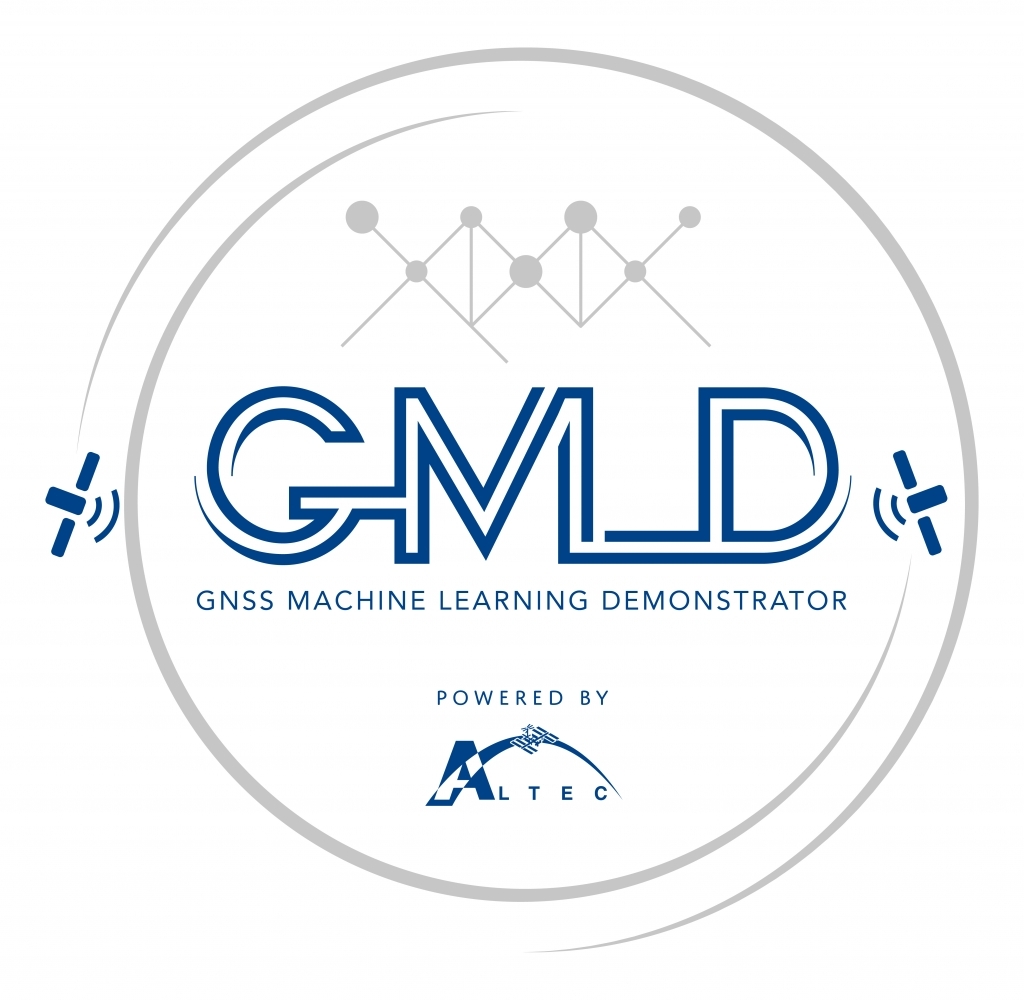How to model GNSS using Machine Learning Techniques
Start date: 15/12/2022 10:00
End date: 15/12/2022 11:30
Register for the Final Presentation of the NAVISP EL1 035 bis Project: “Machine Learning Techniques to model GNSS”
Modern GNSS navigation message performance depends on underlying complicated models but at user level it relies on a relatively simple Keplerian parameterization, plus potential correction parameters. The estimation accuracy of these parameters from real measurement data, or from simulated data in case of performance prediction, is critical for the final performance in the positioning domain.
The main objective of the activity is therefore to assess the usability of machine learning (ML) techniques and to improve the GNSS navigation message performance. This can be achieved trying to reduce the impact of the different error sources, which could be mitigated by predicting some additional parameter value, when missing, or by not considering data affected by the errors, when their presence is detected. The results of the activity provide:
- demonstration of usability of ML to improve data availability and/or quality in some segments of a GNSS system;
- implementation of selected ML techniques into tools to simulate GNSS system segments capabilities and behaviour;
- implementation of a framework to conduct additional investigation on the usage of ML techniques in other use cases of the GNSS domain.
The project was carried out in the scope of NAVISP Element 1, which is which is dedicated to technology innovation of the European industry in the wide PNT sector.

